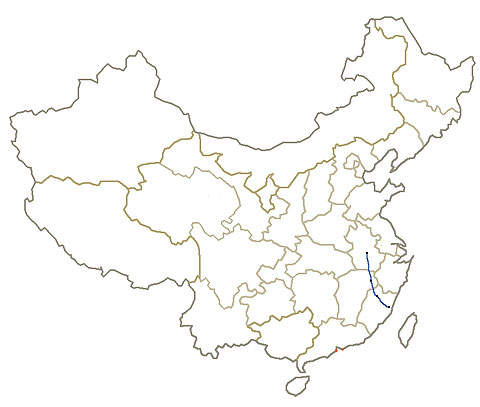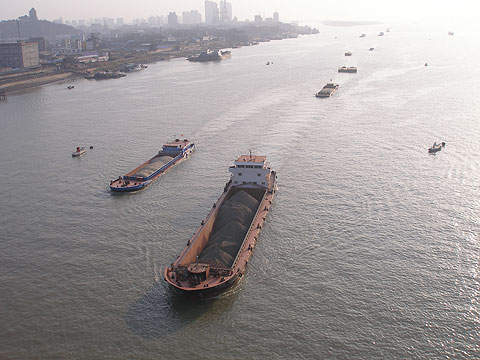The Hefei-Fuzhou High-Speed Rail Line is an 850km line, which begins at Fuzhou in Fujian Province (south-east China) and terminates at Hefei in Anhui Province (central China).
The line is an important section of the Beijing-Fuzhou railway line. It was approved by the State Development and Planning Commission in July 2009, and the project was announced by the Ministry of Railways in December 2009.
Details of Hefei-Fuzhou high-speed line
Estimated to cost CNY109.8bn ($16.9bn), Construction of the Hefei-Fuzhou line began in April 2010 and was completed in June 2015. China Railway High-Speed (CRH) is the main operator of the regular high-speed trains.
Starting at Fuzhou, the rail line runs through Nanping and Wuyishan in Fujian Province; Shangrao and Wuyuan in Jiangxi Province; and Huangshan, Jixi, Tongling and Chaohu in Anhui Province.
The high-speed line reduces the travel time between Hefei and Fuzhou to four hours from 14 hours, and the time on the main line from Beijing to Xiamen is reduced to nine hours from 31.5 hours.
The line forms a part of the 4,800km international railway network in the economic zone, which has been planned for 2010-2015.
Hefei-Fuzhou railway project
The Hefei-Fuzhou rail line is China’s fourth high-speed line designed to run at a speed of 250km/h on a two-wired, electrified standard gauge rail line. The other three lines are Beijing-Tianjin, Wuhan-Guangzhou and Zhengzhou-Xi’an high-speed railways.
The Hefei-Fuzhou passes through two Unesco World Heritage sites: Mount Huangshan and Mount Wuyi. The route has 170 bridges and 54 tunnels.
Construction of the 343km-long Anhui section is estimated to cost CNY26.45bn. Of the total track length in Anhui, more than 80% was laid on bridges and in tunnels. The 52km Tongling Yangtze River Rail road bridge is the longest bridge on this route.
The Hefei-Fuzhou high-speed railway line connects to the Fuzhou-Xiamen high-speed railway in the south and the Hefei-Bengbu high-speed railway in the north.
The 274.9km Fuzhou-Xiamen line became operational in April 2010. Designed to travel at 250km/h, the new line has reduced travel time between the two cities to 1.5 hours from 11 hours.
The Heifei-Fuzhou high speed rail line also links with the Beijing-Shanghai high-speed railway and other railways, which leads to the coastal cities. This line is expected to promote communication and tourism between central and south-eastern China.
Local railway construction supervision company Shanghai Xianxing and engineering consultant Pöyry were sub-contracted for the work on Lot 5 of the Mingan section on the Hefei-Fuzhou railway line.
The Mingan section is 467km and Lot 5 measures 71km. The €3.2m contract was awarded by the Jingfu Railway Passenger Dedicated Line Anhui.
Rolling stock
China Railway High-speed operates CRH1, CRH2, CRH3 and CRH5 trains. CRH1 is developed on Bombardier technology. CRH2 is based on E2 series Shinkansen and CRH5 is based on Alstom Pendolino ETR600. All three models have a maximum speed of 250km/h. CRH3 is derived from Siemens Velaro and has a top speed of 350km/h.
In June 2010, CRH ordered 20 CRH1 eight-car trains to add to its existing fleet. The Bombardier trains can accommodate 670 passengers.
The Hefei-Fuzhou line accommodates trains with a speed of 250km/h on the standard 1,435mm electrified double track.







